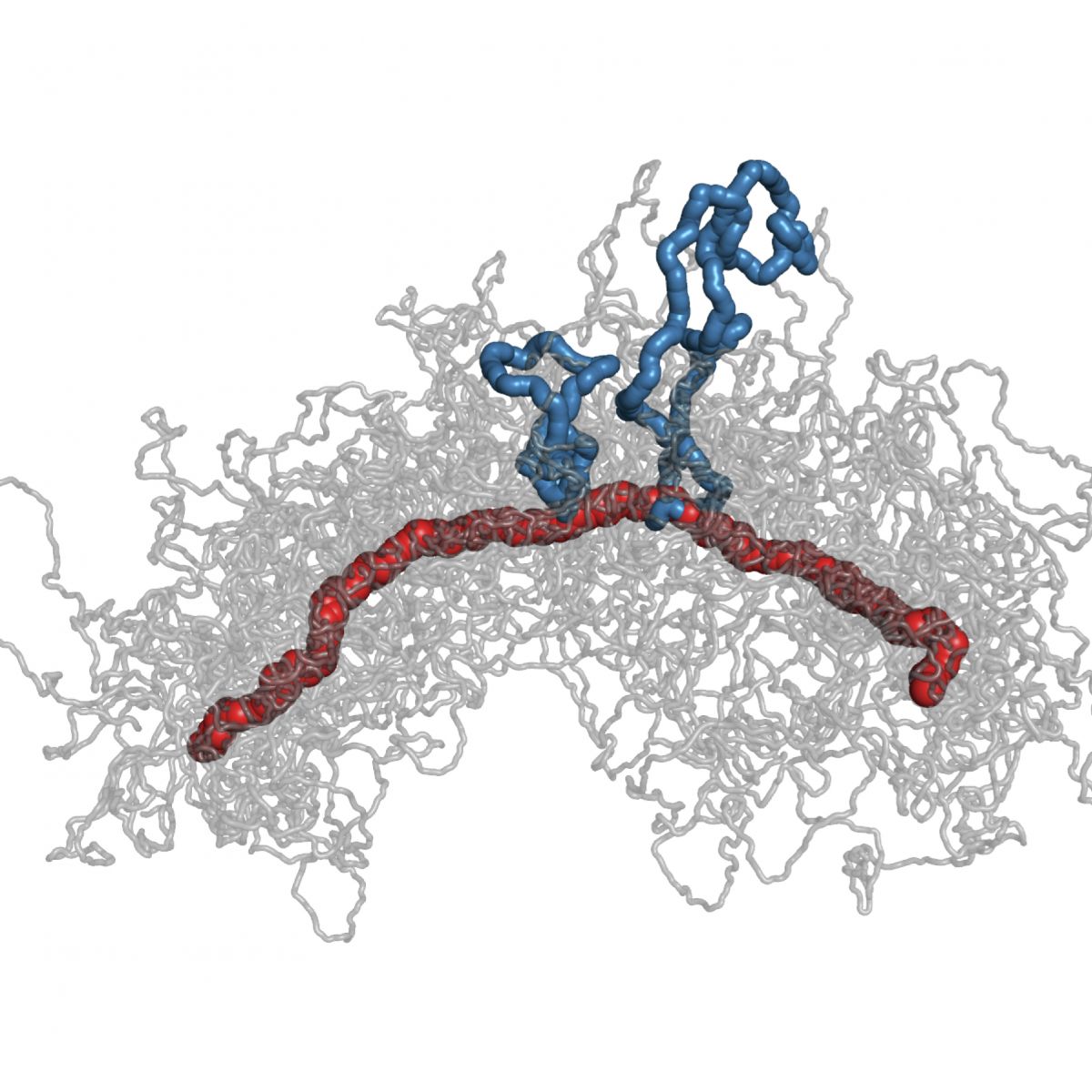
DNA of the human genome is 2m long and is folded into a structure that fits in a cell nucleus. One of the central physical questions here is the question of scales: How can microscopic processes of molecular interactions of the nanometer scale drive chromosomal organization at the scale of microns? Recently developed Chromosome Conformation Capture technique (Hi-C) provides comprehensive information about frequencies of spatial interactions between genomic loci. Inferring principles of 3D organization of chromosomes from these data is a challenging biophysical problem. We develop a top-down approach to biophysical modeling of chromosomes. Starting with a minimal set of biologically motivated interactions we build polymer models of chromosome organization that can reproduce major features observed in Hi-C experiments. I will present our work on modeling organization of human metaphase and interphase chromosomes. Our works suggests that active processes of loop extrusion can be a universal mechanism responsible for formation of domains in interphase and chromosome compaction in metaphase.